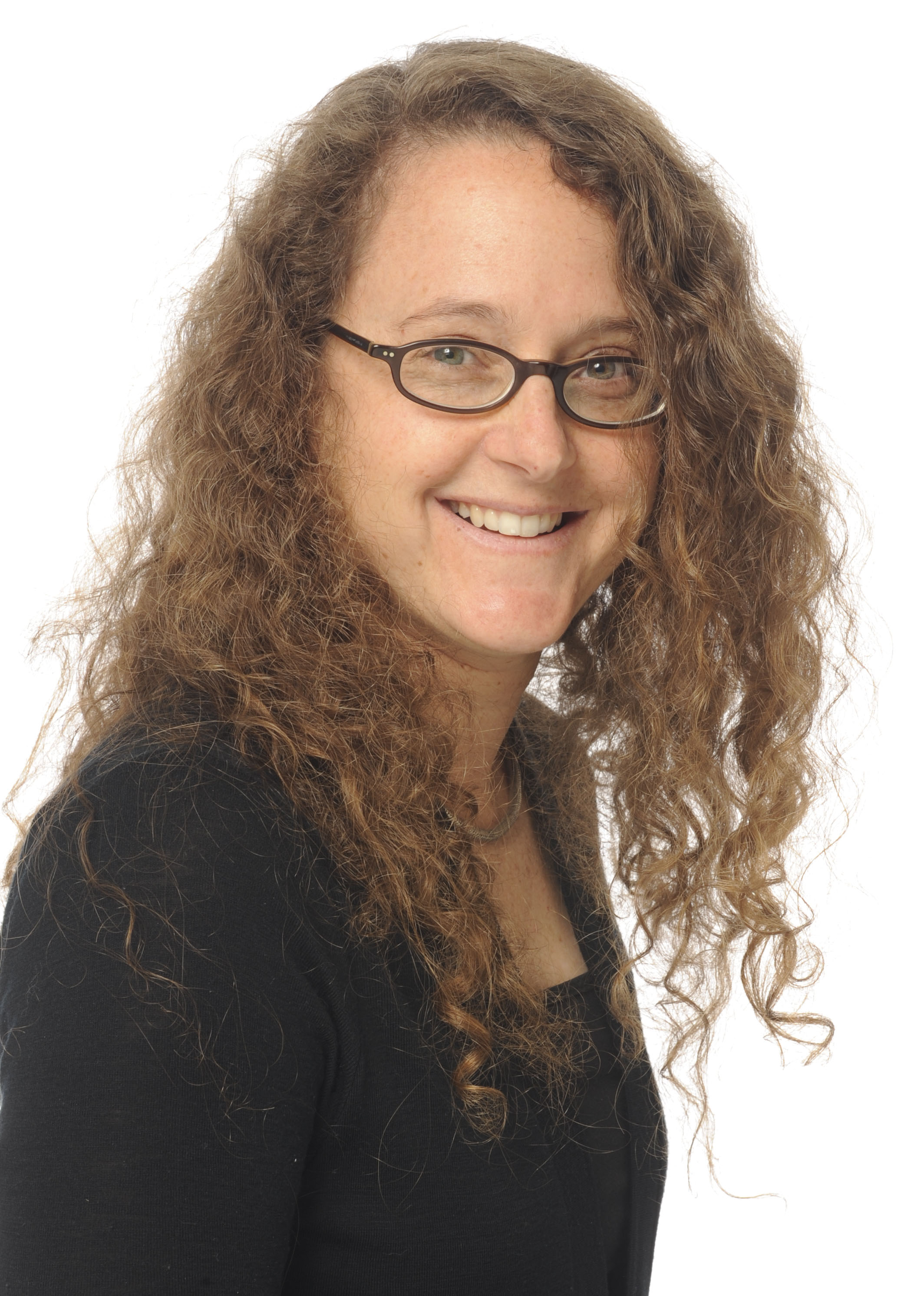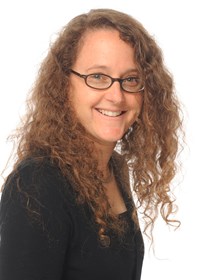Issue 100
Term 1 2017
Supporting Australian book creators
A behind the scenes look at the Educational Lending Right program including comments from authors.
In Term 4 2016, SCIS invited 750 schools in Australia to participate in the Educational Lending Right (ELR) School Library Survey, which we manage on behalf of the Department of Communications and the Arts. We had a fantastic response to the survey, with over 360 participating schools. We’d like to give a big thank you to everyone who participated in this survey: to all school library, teaching and administrative staff that participated, and to all education departments, Catholic Education Offices, and library vendors that helped with the data extraction process.
The survey is part of the Australian Government’s ELR program that recompenses book creators for income lost as a result of having their work held in educational libraries. The survey determines estimated holdings of particular titles in Australian school libraries, which are then used as the basis for payments for registered book creators. ELR ensures that while their work remains freely accessible in libraries, book creators still receive an income — and can continue writing, illustrating, editing, and publishing great books for our school libraries.
ELR 2015–16 results
The results of the 2015–16 ELR survey are now available as part of the Public Lending Right (PLR) Committee’s Annual Report. The report identifies the top 10 highest scoring books in ELR 2015–16:
- Mem Fox, Possum Magic
- Emily Rodda, Rowan of Rin
- Mem Fox, Wilfrid Gordon McDonald Partridge
- Emily Rodda, The Forests of Silence
- Jeannie Baker, Where the Forest Meets the Sea
- Morris Gleitzman, Boy Overboard
- Robin Klein, Hating Alison Ashley
- John Marsden, Tomorrow, When the War Began
- Nadia Wheatley, My Place
- Jeannie Baker, Window
The lending rights programs are valuable initiatives that encourage the growth of the Australian writing and publishing industries.
What author Frances Watts says about ELR
As an author, the school library is the best way to connect with young readers. For many children — it was certainly the case for me — the library is where they first learn to love reading and literature, a place where they have ready access to quality Australian reading material (aided, crucially, by library and teaching staff). It is, indeed, their primary source of books. Of course, this means that many of our readers are not actually buying our books, and without an income authors and illustrators can’t afford to create. This is why the ELR scheme is so important and so worthwhile: by compensating book creators for the loss of sales, it enables us to continue to create — and it means children and teachers have access to many wonderful books.


